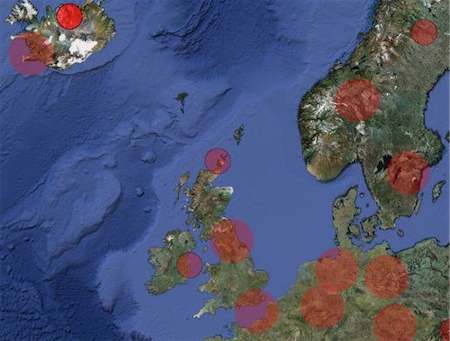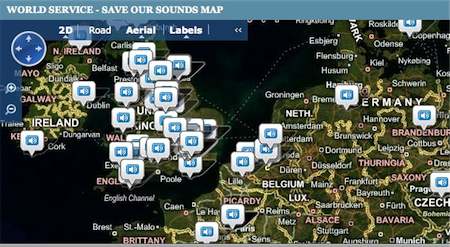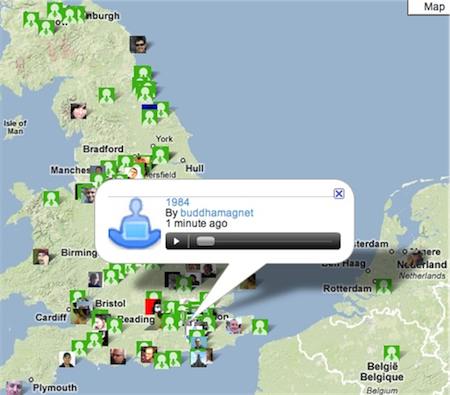Georgia Questions “Considerable Speculation” in Navy sonar range assessment
Default, News, Sonar Comments Off on Georgia Questions “Considerable Speculation” in Navy sonar range assessmentThe Navy is facing some push-back from the states of Georgia and Florida in the initial stages of gaining the necessary approvals for proceeding with their plans for a 500 square mile training range offshore from Jacksonville. The Navy had hoped to have the states’ comments in hand by this week, but Florida expects to take several more weeks to assess the Navy’s plan, and the head of Georgia’s Coastal Resources Division submitted comments with fairly strongly worded notes of skepticism regarding the Navy’s just-released Final Environmental Impact Statement: the letter says that the Navy’s forecasts “require considerable speculation and are insufficient to assess the anticipated impacts.” Sonar travels differently depending on water conditions, and the Navy hasn’t done real-world measurements off Jacksonville to see whether its models of what will happen are right, said Clay George, a Natural Resources biologist. George also noted that while the designated critical habitat for wintering right whales extends to just 20 miles offshore, biologists have not done much surveying further offshore, and so the whales may well inhabit waters closer to the range. Because of such shortcomings in the Navy’s analysis, Georgia’s Department of Natural Resources wants long-term monitoring of how the range affects endangered right whales that raise their calves offshore from the two states each winter. If the whales were harmed by sonar that would be used in submarine exercises, training at the range should change, the state told Navy officials in a letter last week. (Ed note: the Navy’s analysis does take account of uncertainty about the area inhabited by grey whales in winter by assuming that some will occur even within the training range; however, they also assume that virtually no whales will be affected by sounds traveling into the critical habitat, and they explicitly reject the option of doing less training in winter months when the whales are present. For more on the key question of distant effects of sonar sounds, scroll down to the July 24 post below, or click here to read the earlier post.)
In related news, the Florida Times-Union also reported that the Navy will separate its permit applications for construction and operation of the range. The Navy expects NOAA approval for construction this week, but does not plan to apply for permits to operate the range until 2012 or 2013. Likewise, the State of Florida this week announced that it will follow the Navy’s suggestion to similarly follow a “phased” approach to issuing the necessary permits. In addition to sonar issues, Florida officials agreed to put off final judgments about how fast ships should travel in the training range, whether low-flying helicopters using the range will disturb right whales and how much debris from the training exercises will affect coral and other protected species on the ocean floor. This may trigger legal challenges, though, as Catherine Wannamaker, an attorney at the Southern Environmental Law Center responded to the news by saying that the phased approach “artificially separates the impacts to endangered species … that will result from both construction and operations.” According to Wannamaker, the Endangered Species Act doesn’t let the Navy spend money on the range without the National Marine Fisheries Service agreeing the project won’t jeopardize endangered species. (Ed. note: It appears from AEI’s admittedly naive legal perspective that the question of exactly what operational and mitigation measures are appropriate for the site can best be addressed at the time of the later permitting. At this stage, there is little doubt that the Navy’s need for a littoral instrumented range is real and that the USWTR will proceed; the questions will include how much limitation on sonar activities should be imposed on the range while right whales are nearby. There is no reason this cannot be addressed later, and indeed, there is likely to be better information at that time, including a revised Risk Assessment curve, which could well lead to more caution being imposed.)




